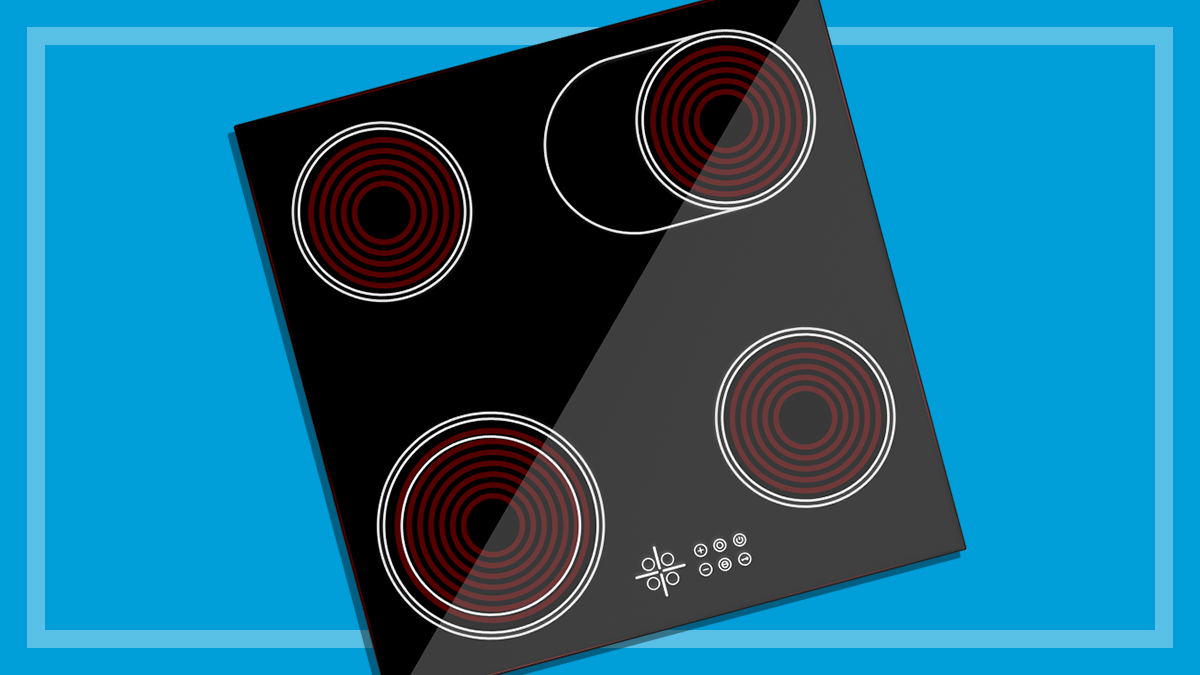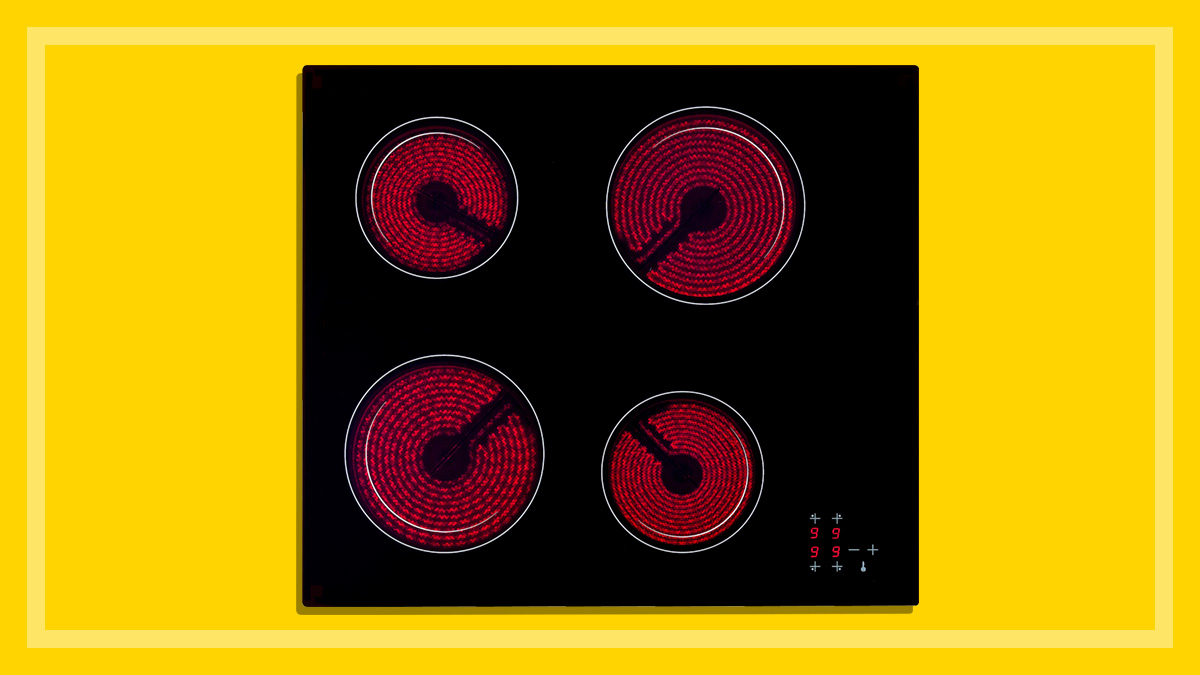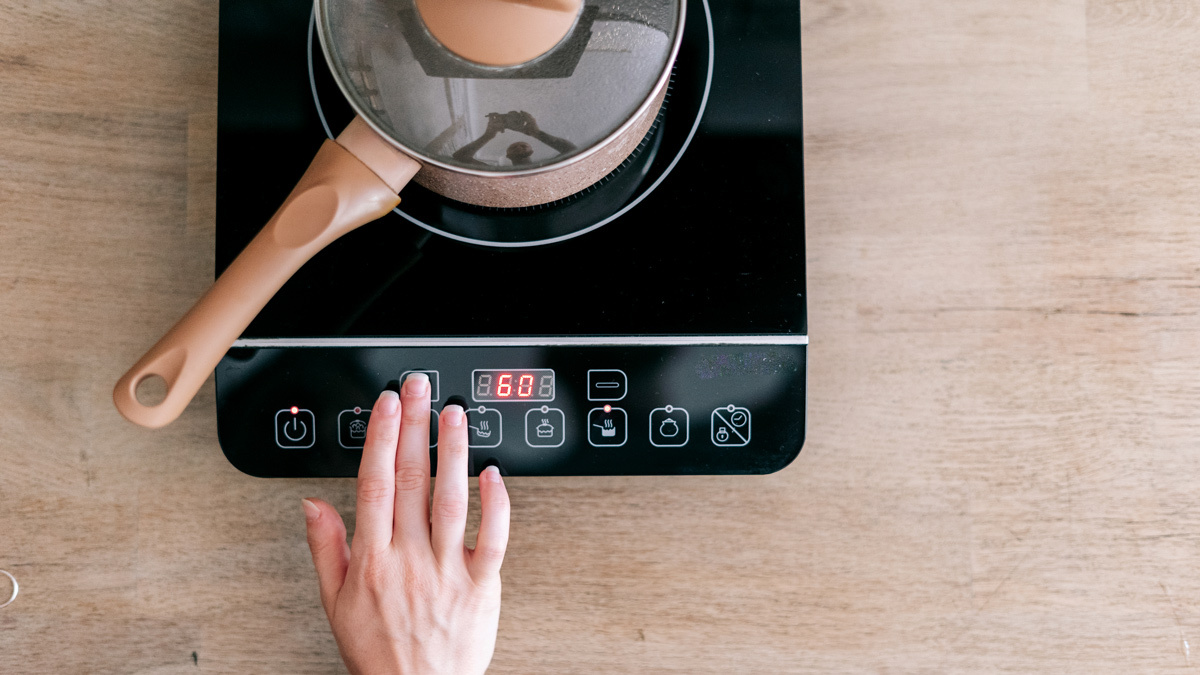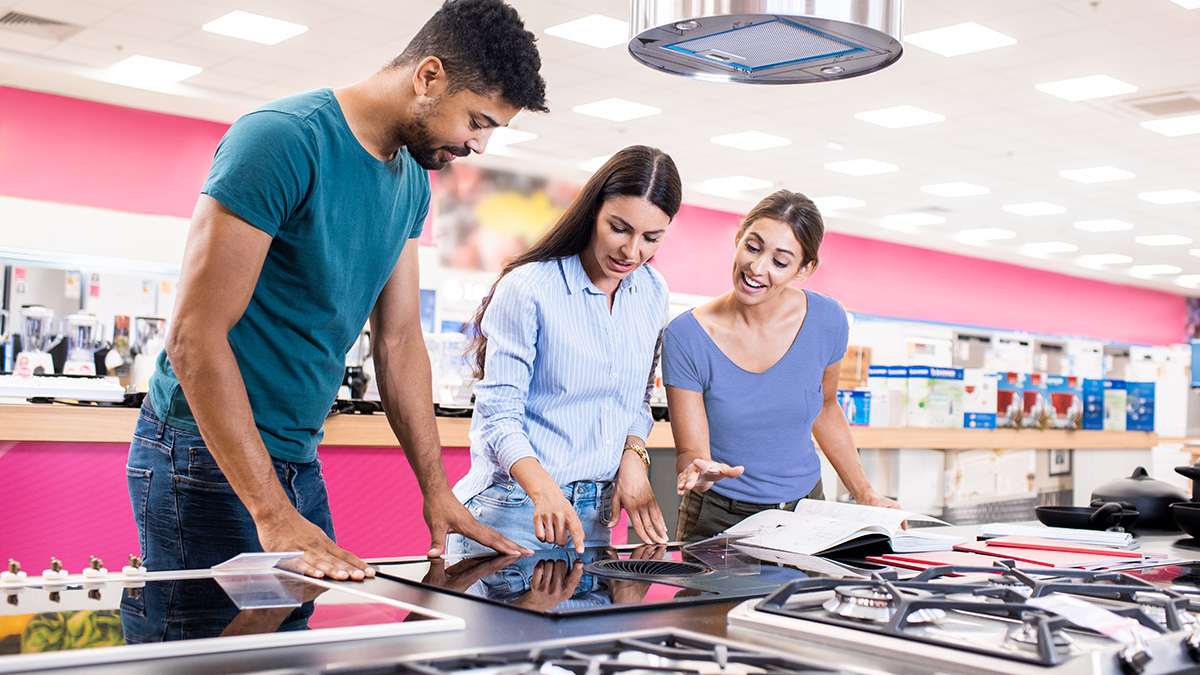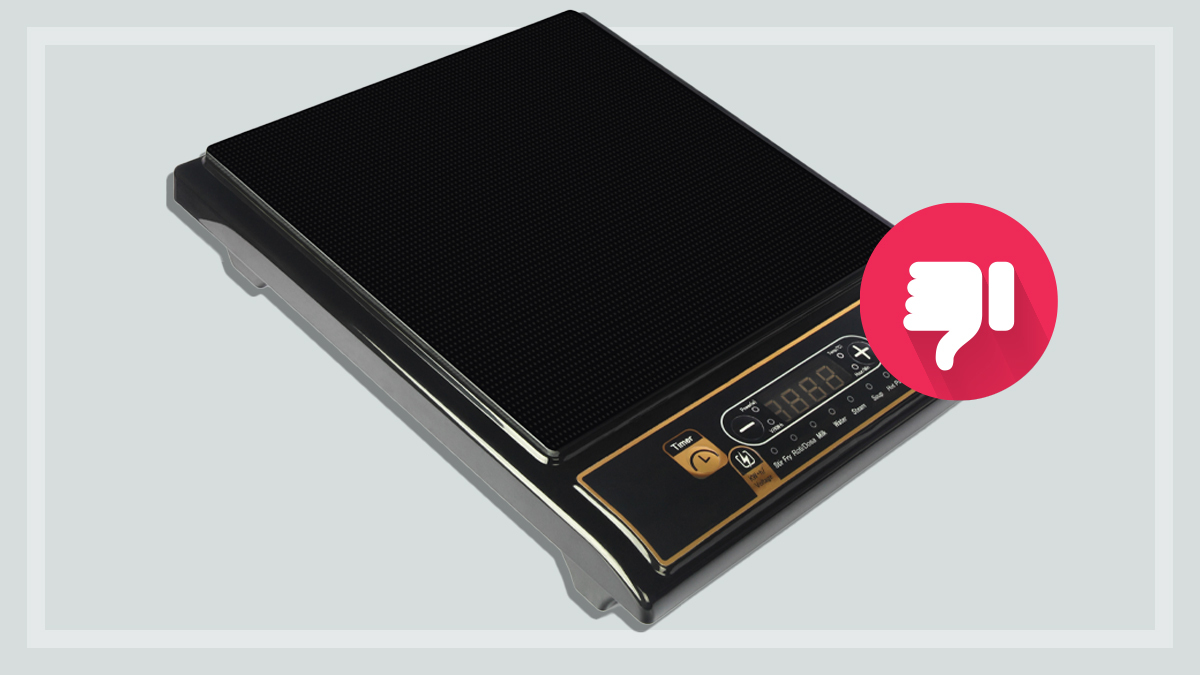What to look for in a ceramic cooktop
We run through features, costs, energy efficiency and more.
Last updated: 11 Dec 2025
They may be slower to heat up than induction cooktops, but ceramic cooktops still perform well and their sleek cooking surface is both stylish and easy to clean.
On this page:
We’re starting to see more models available with features similar to those on induction cooktops. Auto switch-off, boost, auto heat-up and stop and go are all becoming more popular on ceramic cooktops, but there are a few other things you’ll need to consider too.
How do ceramic cooktops work?
Ceramic cooktops have coiled metal elements that sit under the glass surface. When you turn the dial on a ceramic cooktop, electricity runs to a wire inside the coils which starts to heat them up. The bright red colour you see come on under the surface indicates that the cooktop is on and heating up.
What size ceramic cooktop do you need?
Ceramic cooktops come in square or rectangular models, usually 60cm and 90cm. Make sure you have the necessary space on your bench to fit the cooktop, and ventilation space underneath. Measure your available bench space before you go shopping, and check the specifications of the cooktop. There are minimum distance requirements for the bottom of cupboards or a rangehood above a cooktop.
Is the layout of elements important?
You need to consider the position and layout of the elements and their size in relation to the pots and pans you usually use.
You should look for:
- elements that are well-spaced so you can use multiple pots at once
- a range of simmer, medium and large elements
- simmer elements positioned at the front so you don’t have to lean over other burners to stir a sauce
- a dual element with two heat rings (for smaller pots you activate the inner ring, and for larger pots you activate both)
- a flexible cooking zone (this allows you to expand the cooking area).
Rectangular models are generally more spaced out, but you can find square models that have good element layouts too.
Are ceramic cooktops energy-efficient?
Ceramic cooktops aren’t as energy-efficient as induction cooktops. Induction delivers heat directly to the cookware via electro-magnetic technology, whereas ceramic cooktops conduct heat between the cooktop and the cookware.
However, you can use your ceramic cooktop more efficiently by making sure your pans have a flat base to ensure better contact with the cooktop and better heat transfer. It’s also important to use the right sized cooking zone to match the cookware you’re using – pots and pans should cover the entire cooking zone to minimise heat loss.
How much do ceramic cooktops cost?
In our latest ceramic cooktop reviews, the models we tested cost between $299 and $1999. But as with many appliances, a higher price tag doesn’t always equal better performance. Several of models we recommend cost under $1100, so it pays to do your research.
Features to look for in a ceramic cooktop
Smooth surface
Look for a surface that’s easy to clean and a design without dirt traps. A good cooktop should be able to effectively contain spills – some ceramic cooktops don’t have a lip or rim to do this, which makes them easier to clean but potentially messier.
Controls
Control knobs should be easy to grip, with a clear pointer, and easy to remove for cleaning. Touch controls should be logical and not positioned too close to the cooking zones. Symbols and markings should be easy to read and understand, and their layout should match the burner/element configuration as intuitively as possible. If they’re close to the front of the cooktop they’ll be easy to reach. Keep in mind if you have kids they’ll be easier for them to reach too.
Power range
Electric elements are rated in kW. A good power range is 1.2–2.2kW.
Residual heat warning
The ceramic glass on a cooktop remains hot long after the heat has been turned off, which poses a safety hazard. Look for a cooktop with a warning light that stays on until the unit has returned to a safe temperature.
Automatic switch-off
With this feature, if a heat setting isn’t set for a cooking zone within about 10 seconds after you turn on the cooking surface, the cooking surface will automatically switch itself off. This will also happen if a heat setting is selected and no contact has been made with a pot on the element after a similar time period. It’s a good feature for peace of mind – particularly if you’re often worried you’ve left the stove on.
Automatic heat-up
This feature initially uses high power to heat up the cooktop quickly before switching to a lower temperature. If you’ve forgotten to turn down the heat, this feature takes care of it for you.
Cookware
Your pots and pans should fit comfortably over the cooking zone and not cause restricted use of the other elements. Cookware should sit flat and smooth, and the base should match the diameter of the cooking zone to provide good contact with the ceramic surface.
Hired help
Call out a licensed tradesperson to install your new cooktop. They know what they’re doing, so it’s safer, and even if you think you can do it yourself, if something goes wrong you may void your warranty.
Related
Rebecca Ciaramidaro is a Content producer in the Household team at CHOICE. Rebecca writes about a wide range of children's and household products, ranging from cots and strollers to ovens, BBQs, espresso machines and electric blankets. And also grocery items such as nappies, sanitary pads and laundry detergents.
Previously at CHOICE, Rebecca worked as a Test officer in the kitchen lab.
Rebecca has a Bachelor of Science (Nutrition and Food) from the University of Western Sydney.
Find Rebecca on LinkedIn.
Rebecca Ciaramidaro is a Content producer in the Household team at CHOICE. Rebecca writes about a wide range of children's and household products, ranging from cots and strollers to ovens, BBQs, espresso machines and electric blankets. And also grocery items such as nappies, sanitary pads and laundry detergents.
Previously at CHOICE, Rebecca worked as a Test officer in the kitchen lab.
Rebecca has a Bachelor of Science (Nutrition and Food) from the University of Western Sydney.
Find Rebecca on LinkedIn.

